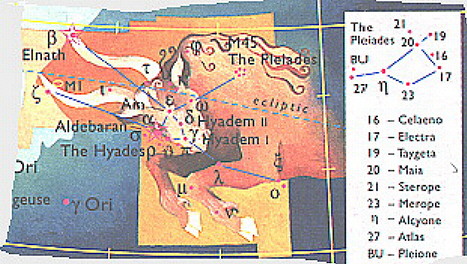|
 International Team
International Team

The physics of star formation has evolved to one of the central topics in astrophysics, of general interest not only for stellar astronomy but equally relevant to research fields ranging from solar system studies to cosmology. The formation history of the solar system is of prime interest for our understanding of the present conditions on our planets; it serves as a testbed of theories with which to interpret planet formation in other stellar systems. The considerable number of now known extrasolar planetary systems show properties not realized in our solar system, including largely eccentric orbits and ``hot jupiters'' in close orbits around the central star. Star formation itself is the driving force behind galactic structure. We witness star formation in nearby molecular cloud condensations such as the Orion complex or the Taurus star formation region, but on a larger scale it defines the entire stellar population and evolution of a galaxy and the life cycle of elements, including the enrichment of the interstellar matter with heavy elements. The star formation process itself is among the most fascinating physical problems encountered in astrophysics.The tendency of molecular clouds with total masses up to 1E5 M_sun to invariably form stars of order 1M_sun is noteworthy, the more so that their longevity, stability, and energy production are - according to present-day understanding - conditional for the formation of stable bio-molecules and eventually the formation and sustenance of life. The star formation process itself involves fundamental physics such as ambipolar diffusion in the presence of magnetic fields and slow contraction of cloud cores to flattened, centrifugally supported accretion disks on time scales of 1E5 - 1E6 yrs (Shu et al. 1987). Planets eventually form within these disks. The accretion process induces complex feedback loops very likely to involve magnetic fields. The latter, possibly spanning between the forming star and the inner disk, transport mass onto the star, but also regulate the stellar spin rate by torques, thus regulating the stellar magnetic dynamo. Tangled magnetic fields produce, like in the solar corona, magnetic instabilities that heat gas to X-ray emitting temperatures. X-ray radiation itself ionizes the stellar molecular enviroment and the accretion disk, making it accessible to magnetic fields that in turn induce accretion instabilities (e.g., the Balbus-Hawley instability) which are pivotal for the further evolution of accretion and planets. High-energy radiation affects the chemistry of the surrounding molecular gas and alters the isotopic composition of the material that is destined to form planets (Feigelson et al. 2002). It is in this complex enviroment that polar outflows and jets are thought to form, very likely under the influence of magnetic interactions close to the star and inner disk (Hayashi et al. 1996, Montmerle et al. 2000).
 (from http://www.winshop.com.au/annew/Taurus.html) |